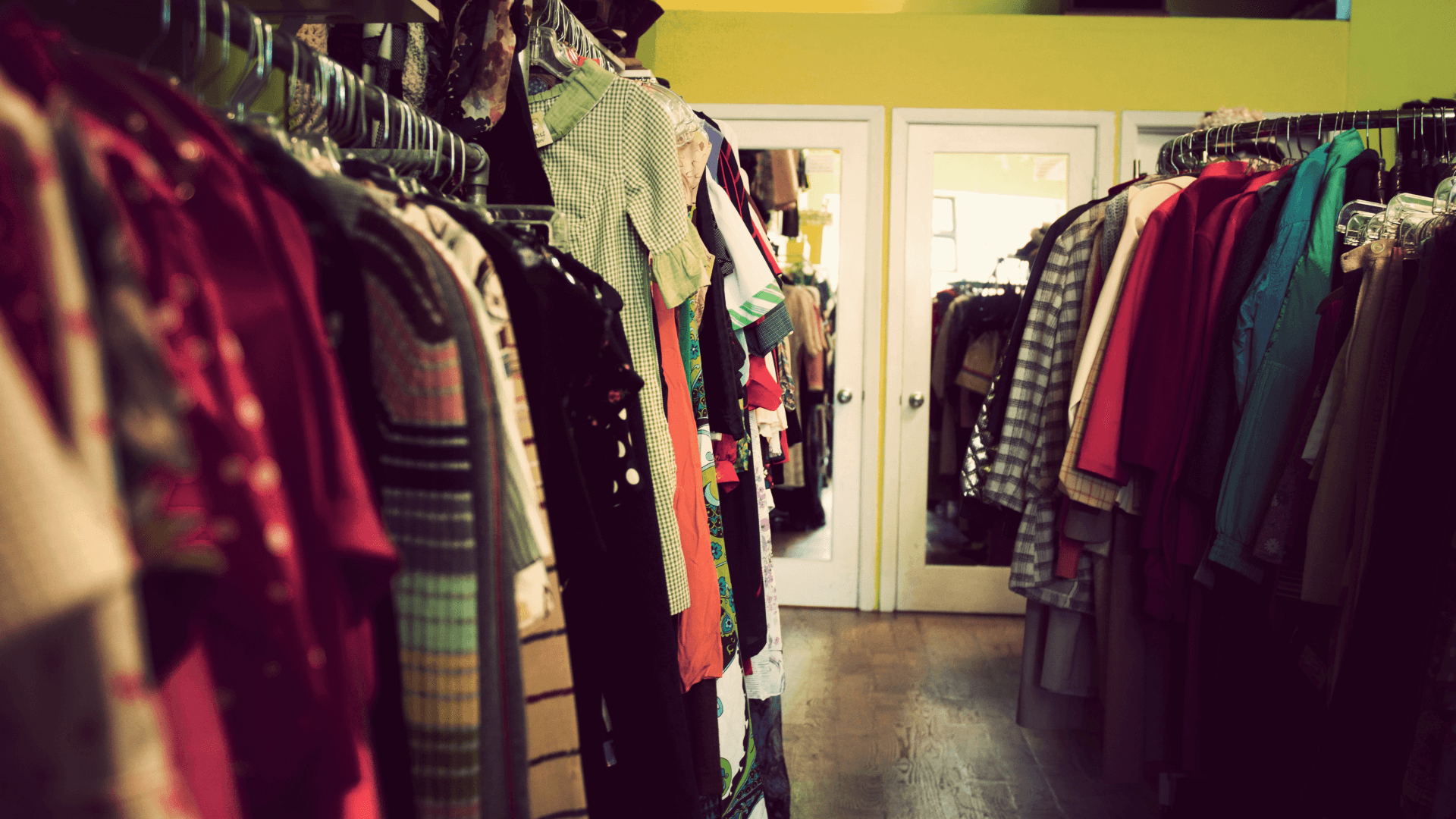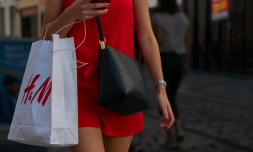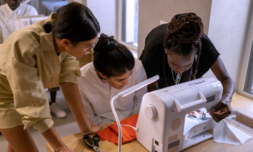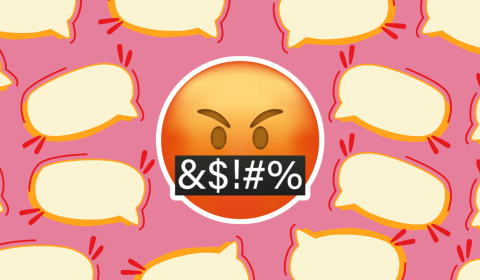Gen Z may have an affinity for second-hand clothing, but that won’t change their longstanding love of overconsumption.
When I was growing up in rural England, second-hand shopping meant reluctantly traipsing around a charity shop with my mum and hoping nobody from school spotted me. The clothes smelt like damp and usually had more than one dubious stain. Needless to say, it wasn’t the height of fashion.
Things started to change when I became a teenager and social media took off. Tumblr was huge back then, and with it came a sudden wave of young nostalgia. We had visual moodboards of periods we hadn’t been alive for, or at least hadn’t been old enough to consciously absorb.
Now everyone wanted to dress like Effie from Skins, or Claire Standish from The Breakfast Club. Many of my weekends during the last two years of school were spent in the same musky charity shops I’d avoided years earlier – only this time I was flanked by an army of friends, all of us hungry for unique finds and bargain deals.
Second-hand clothing has been growing in popularity ever since, bolstered by a widespread interest in sustainable consumption (particularly amongst Gen Z). To cater for this shift, websites have sprung up to replace the tiresome exercise of charity or thrift shopping – with brands like Vinted and Depop making it easy to source vintage pieces at the touch of a button (while make money on your own old clothes).
Vestiare Collective sent second-hand fashion into the arena of luxury branding. And Vinterior ensured we could shop for pre-loved homeware and furniture – always highly curated and re-sold at a premium.
Thrifting is no longer a subculture or a necessity. It’s become a lifestyle in its own right. But as preloved clothing becomes more and more ‘in vogue’, it also inches away from its sustainable function as an antidote to fast fashion. Thanks to social media, our penchant for indulging (very publicly) in trends has swept vintage shopping into the same cycle of overconsumption that – for many at least – it once stood in opposition to.
Across Instagram and TikTok, vintage ‘hauls’ have become a genre of their own, blending the thrill of hunting for unique pieces with the hyper-shareable language of consumerism.
@samm.young I almost cried when I found those boots for $5 😭 #thrifthaul #fashiontiktok #vintagestyle #shop925 #sale @Shop925 ♬ Yukon x Up hunnybee – IG: djhunnybee
As Haley Marie writes, this wasteful behaviour is often excused in the context of second-hand fashion, because the positives ostensibly outweigh the negatives.
‘Ever since I worked in a resale shop in my teens I’ve treated clothing as disposable. I always told myself that since I was buying secondhand clothes and reselling them, I could consume as much as I wanted. This led to almost never repeating an outfit and really unsustainable habits.’
Marie’s behaviour was bolstered by the arrival of YouTube, which allowed her to share this overconsumption for social and financial gain.



















